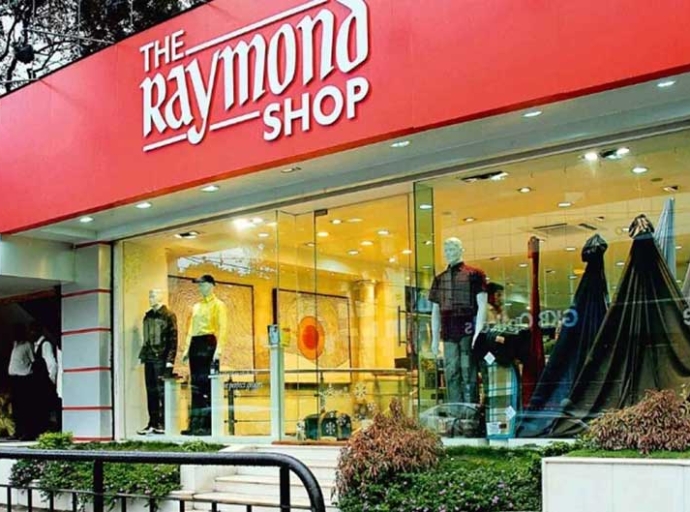18 January 2023, Mumbai
The seventh annual State of Fashion report from The Business of Fashion and McKinsey & Company, The State of Fashion 2023: Resilience in the Face of Uncertainty, reveals the industry will experience a global slowdown in 2023 as macroeconomic tensions and declining consumer confidence undermine 2022's gains. It emphasizes that a worldwide recession in the fashion industry is expected in 2023.
While inflation is the most significant concern, the best potential is down-cycle exposure and sustainability. Fashion executives are on edge as they look ahead to 2023 due to the industry's harmful effects of deteriorating macroeconomic and geopolitical conditions in the second half of 2022.
According to 85% of fashion executives who participated in the BoF-McKinsey State of Fashion 2023 poll, the market would continue to face challenges from inflation in 2019. Meanwhile, 58 percent of executives think the fashion sector will suffer due to the energy crisis and supply chain disruptions brought on by geopolitical unrest, particularly the continuing conflict in Ukraine.
The dichotomies that formerly defined the fashion business are predicted to reappear, with McKinsey projecting global fashion sales growth of 5 to 10 percent for luxury items and between -2 and +3 percent for the remainder of the industry in 2023.
Report analysis on the future of the industry
The report emphasizes the necessity for fashion companies to reevaluate their business strategies. To focus on essential growth possibilities and react more skillfully to risk, many organizations may alter their organizational structures, adding new roles or elevating existing ones.
Brands might work with manufacturing partners to hone their supply chain strategies throughout the coming year. To better adapt to rapidly changing consumer demand, nearshoring may be necessary.
It may also be required to rely more heavily on data analytics and technology to manage inventory effectively. Global Fragility, Regional Realities, Two-Track Spending, Fluid Fashion, Formalwear Reinvented, D2C Reckoning, Tackling Greenwashing, Future-Proofing Manufacturing, Digital Marketing Reloaded, and Organization Overhaul are the ten themes that will drive the fashion industry in 2023.
How is the business going
The dichotomies that formerly defined the fashion business are predicted to reappear, with McKinsey projecting global fashion sales growth of 5 to 10 percent for luxury items and between -2 and +3 percent for the remainder of the industry in 2023. Regional disparities will be noticeable in addition to those between luxury players and those from other sectors.
While Covid-19 outbreaks and precautions continue in China, the US economy is anticipated to be stronger than other major global economies despite the slowdown. In contrast, Europe is struggling with an oil crisis and a weaker euro versus a strong US dollar.
The global landscape for industry growth is changing against this background. Markets that historically had strong economic potential are now exposed to various dangers, from harsh weather to political or social turmoil. To attract new customers, firms may need to further localize their designs, marketing, and merchandising in other regions like the Middle East.
However, when fashion executives evaluate the changing geographical realities of their companies, they must consider more than just financial risks and opportunities when developing their scenario plans.
Latest Publications


































